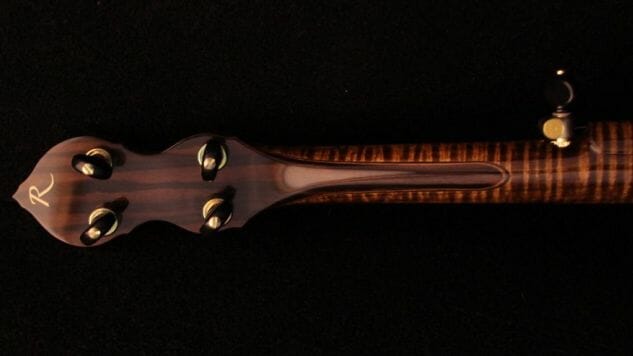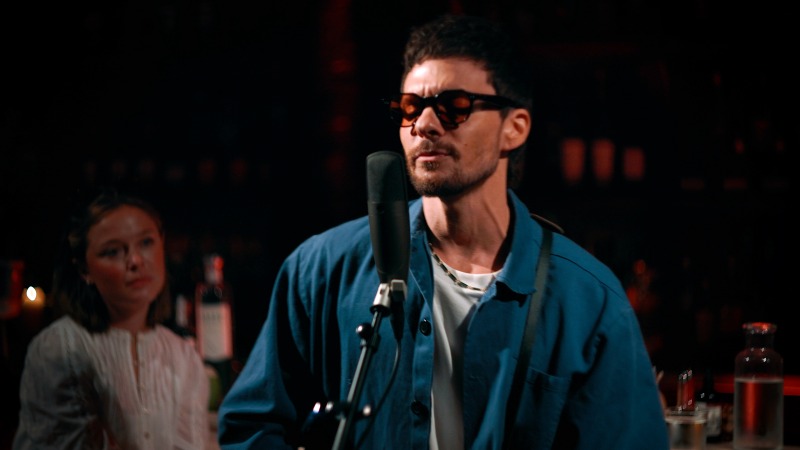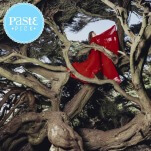J. Romero Banjo Co.: Making Banjos and Making A Life Together
Photos via J. Romero Banjo Co.
Pharis and Jason Romero share one mic. Nearly three years ago, they stood on a stage just barely two feet off the dirt ground, harmonizing into that vintage-styled device. It’s the most technologically advanced device around them.
The Douglas fir trees soar and fraternize with other leafy species native to Western Oregon. Yet, the husband-and-wife duo stands sheltered by a web of branches—cut from those same trees, yet molded to provide an intricate awning over the stage.
The Romeros perform an hour’s worth of acoustic tunes for their rapt audience. Jason switches between guitar and banjo, while Pharis sometimes trades her guitar for a fiddle. Their pure, yet, contemporary take on Americana makes it easy to forget the farm dirt that’s been under your fingernails for three days and the stagnant, dry air that cracks your skin into fish scales.

For those who listen to music more regularly than perform it, Pharis and Jason Romero’s live sets—like that one in the woods at Pickathon or at other festivals like the Vancouver Folk Music Festival and the Edmonton Folk Music Festival—might be their only introduction to the Romeros. But long before their performance career took off, they’d been building banjos.
Jason corrects me from the Romero compound in Horsefly, British Columbia.
“I don’t know if I would say the performance career has ‘taken off!’” he says slowly, stifling a laugh. “But, we’ve been getting some really nice shows.”
As a duo, Pharis and Jason Romero have released three LPs—2015’s critically lauded traditional folk record A Wanderer I’ll Stay, 2013’s Long Gone Out West Blues, and 2011’s A Passing Glimpse. And since 2009, they’d recorded other albums with other friends. Pharis even grew up learning piano and singing from an ex-opera-singing nun, before playing in a country music family band with her father and two sisters.
But the banjo-making company—J. Romero Banjo Co.—is both their primary income and their centrifugal force. It’s what united the two, and one of many elements of their gentle countenances that seem as custom-made for each other as the instruments they make for others.
Jason founded the company in 2002, after graduating from College of the Redwoods. He studied woodworking and cabinetry there, while also working at Wildwood Banjos in Arcata. Wildwood gave him practical experience in efficient production, and later, working at P.W. Crump Instruments taught him specific finishing for instruments.
But after work, Jason began to tinker with personal projects. Having played the banjo since his late teen years, he began experimenting with banjo building. Each time he successfully made and sold a banjo, he’d buy another tool to improve the process.
-

-

-

-

-

-

-

-

-

-

-

-

-

-

-

-

-

-

-

-

-

-

-

-

-

-

-

-

-

-

-

-

-

-

-

-

-

-

-

-








































